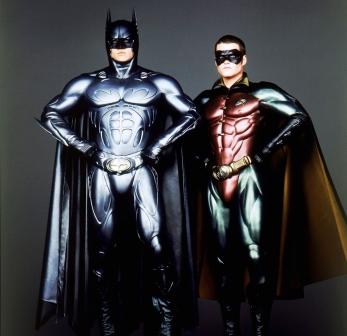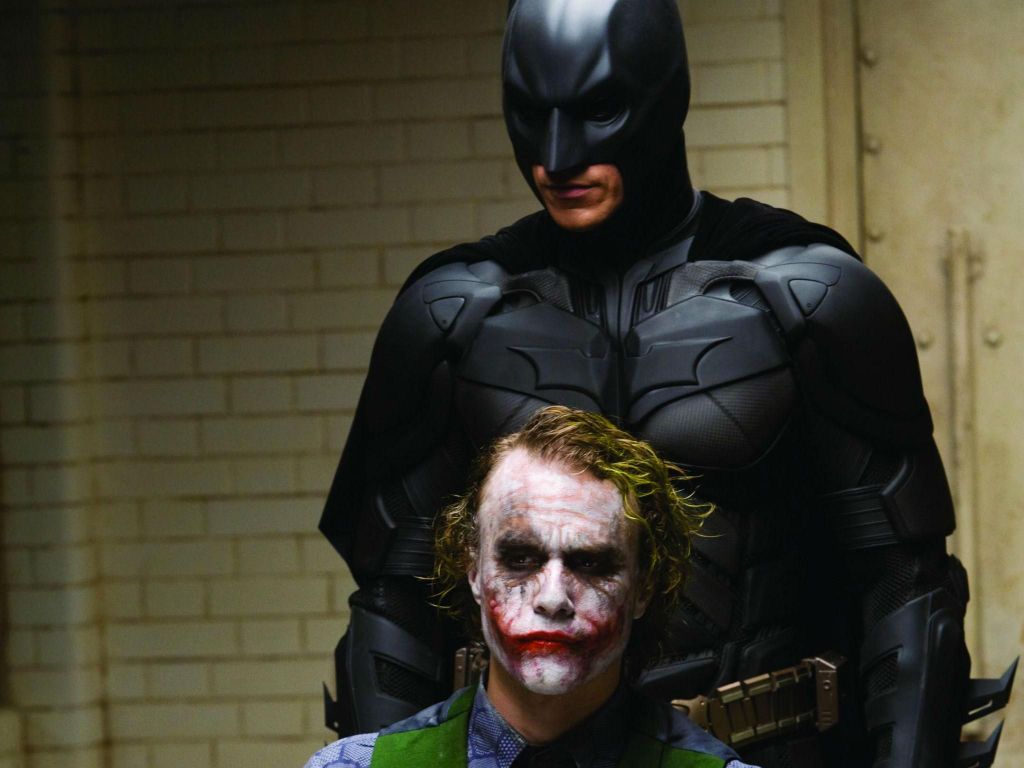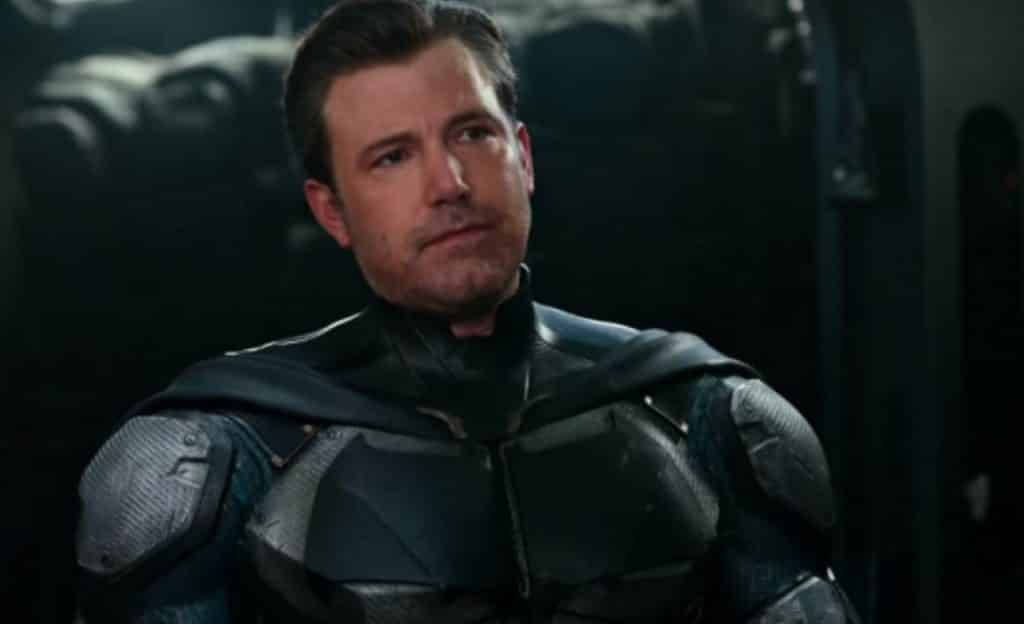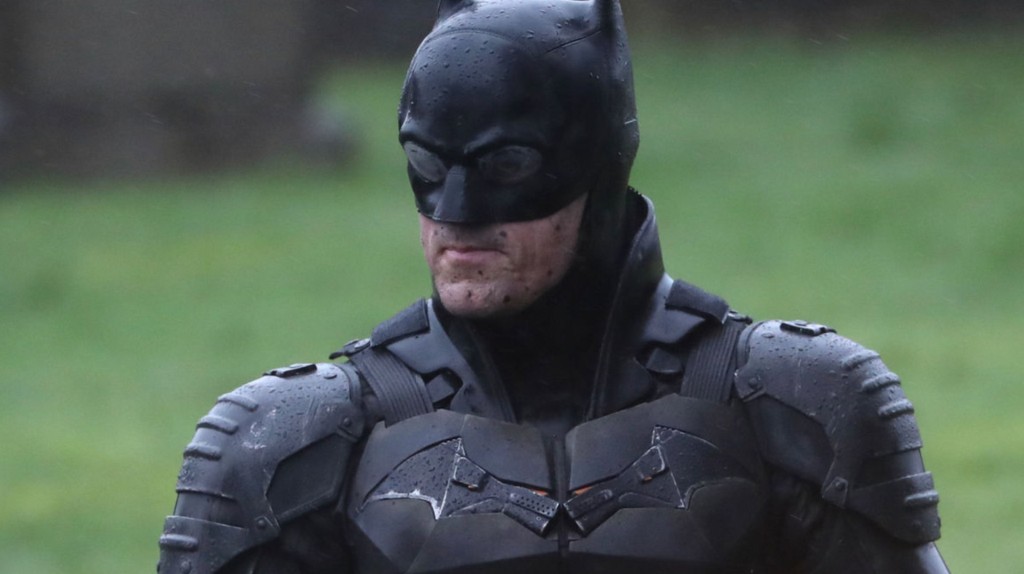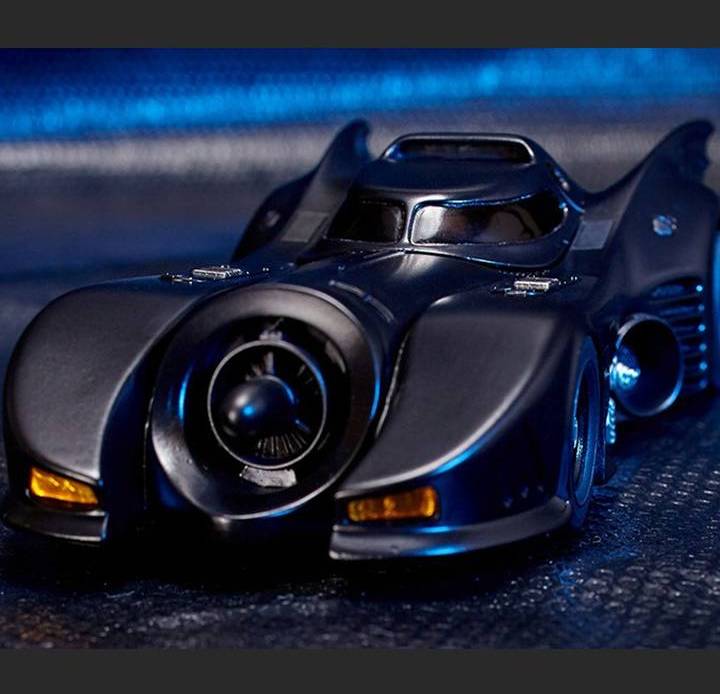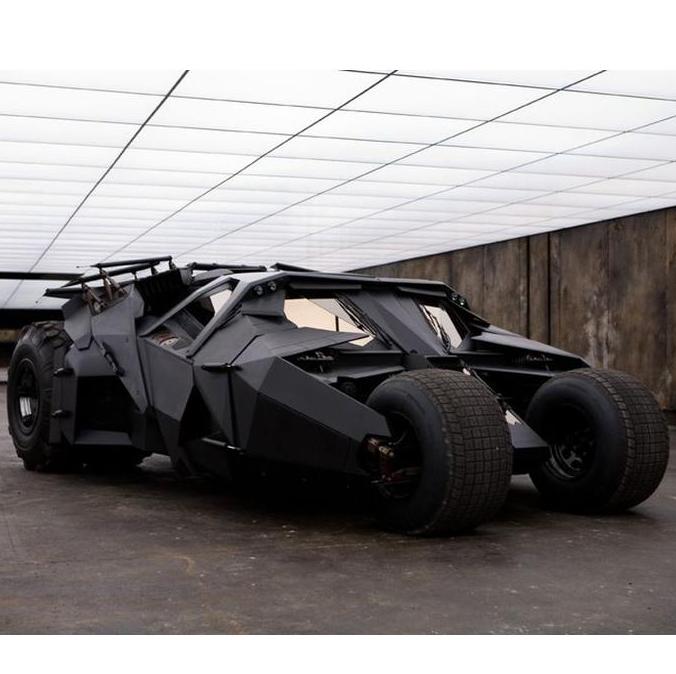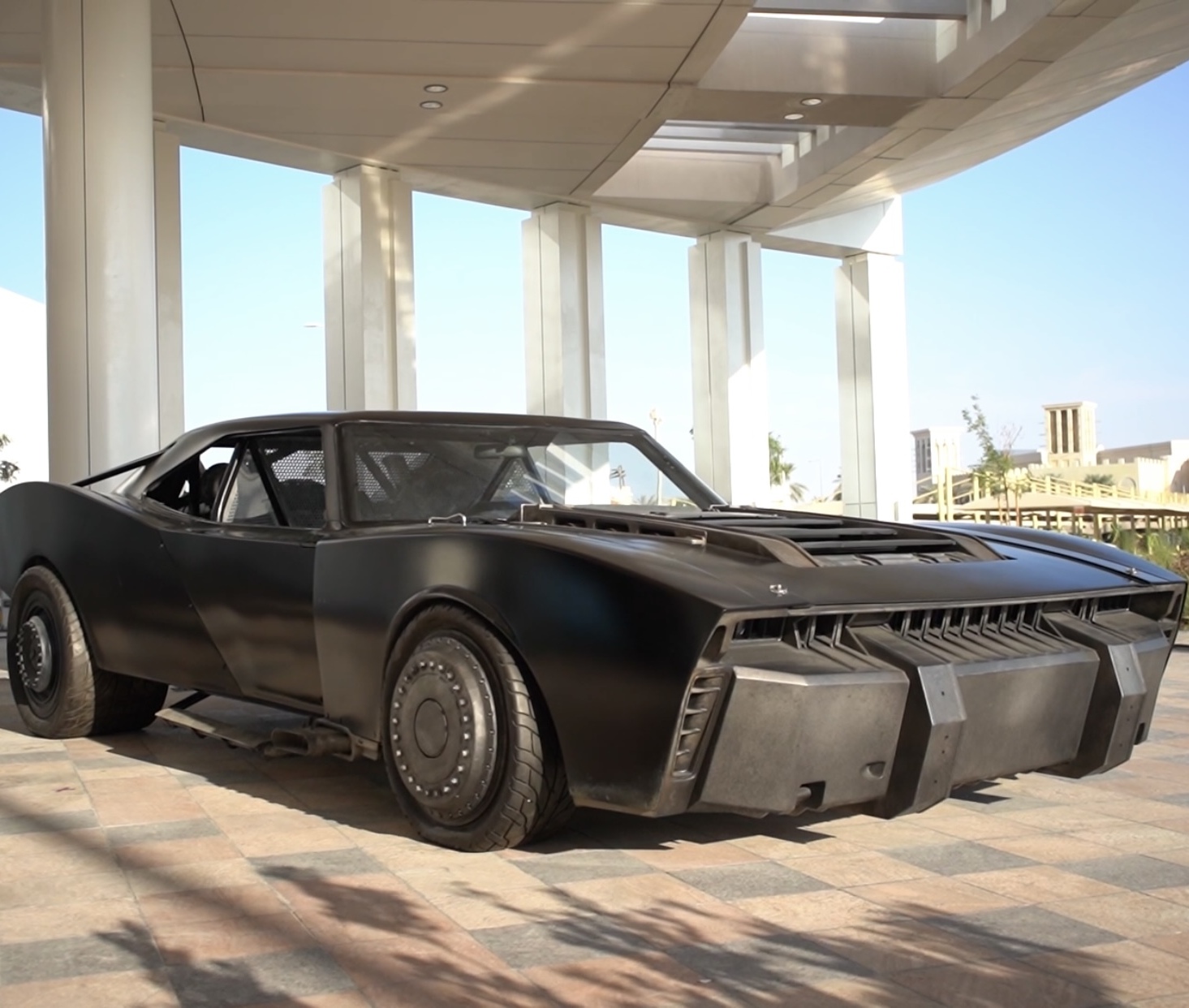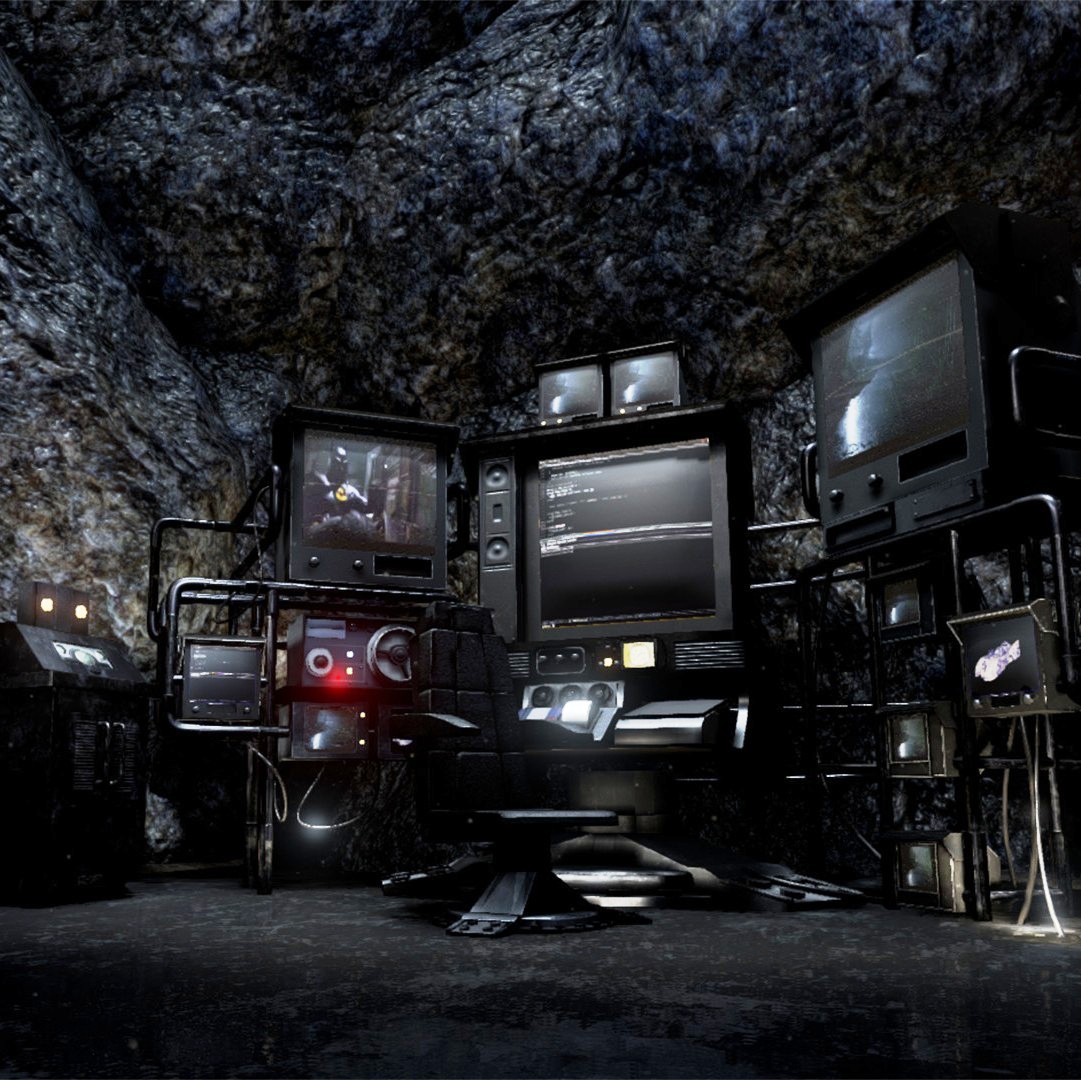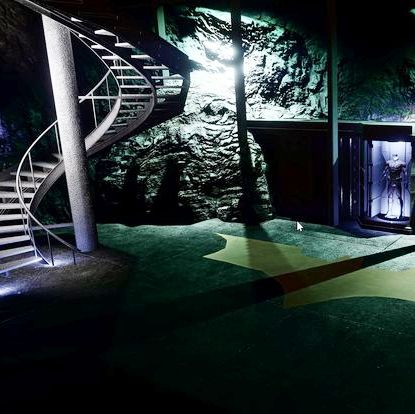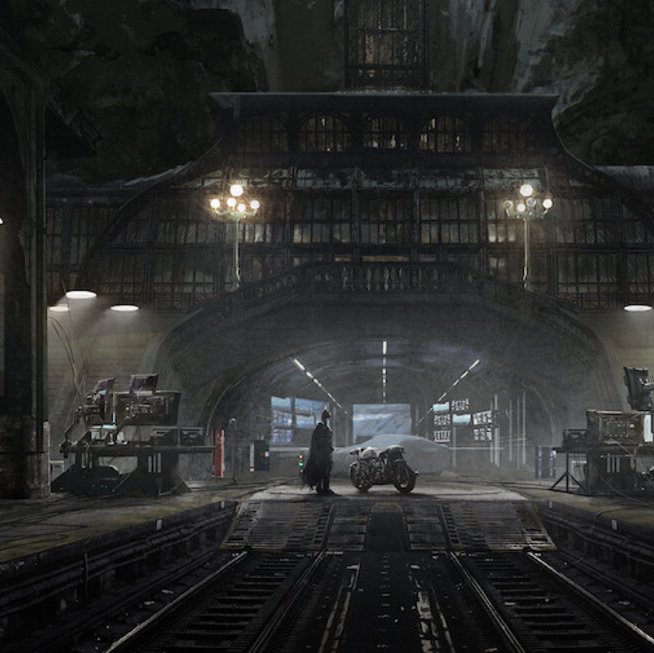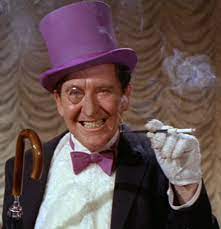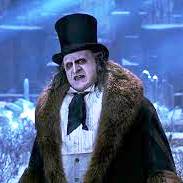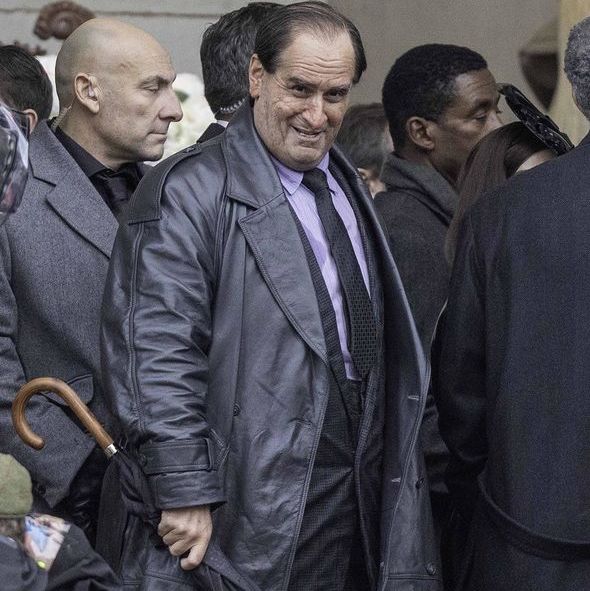Batman – Cinematic portrayals
Or how The Dark Knight has maintained his
comic-book hero franchise.
Mark Yon reviews the various cinematic
Batmans over the years
With the latest film in the collection just been to the cinema (eventually!) and now available on DVD, Bluray and on the usual platforms as The Batman, I thought I would look at the rather long and complicated past of Batman in the cinema (with a couple of nods to comics and television as well!)
Batman as a comic book hero
It is perhaps briefly worth pointing out that Bruce Wayne’s exploits as Detective Comics, published in the US on 30th March 1939, was the first magazine to have the Batman as a major feature. (There’s a digital copy available online HEREfor you to look at.)
Written by Bill Finger and drawn by Bob Kane, Batman was meant to be a direct response to the rather-popular Superman, who for context was first published in Action Comics in April 1938. (The link between Superman and Batman, as you will see, is an ongoing relationship throughout their histories.) Unlike Superman, however, much was made of the fact that Batman was not an alien with superpowers, but a mere human being (with athletic training, intelligence and a few million dollars to spare, admittedly). Whereas Superman was predominately a force of light and goodness, Bruce Wayne/Batman was darker, shadier, grittier perhaps – something that the films (we’ll get to those in a minute) emphasised. He was initially seen as a vengeful vigilante who was happy to maim or even kill criminals in the name of justice, although this changed as the character evolved.
Batman as a multi-media star
Success followed, often echoing the trajectory taken by Clark Kent and Superman. In 1940 Batman was popular enough to have his own comic magazine (Link to copies here: Batman (100-150) : Bob Kane and Bill Goldfinger : Free Download, Borrow, and Streaming : Internet Archive) Like Superman, Batman was made into a US television series, first in 1943 as a film serial. He was also a radio star with Superman in 1945 on The Adventures of Superman, as by this stage the two were often teamed up in the comics as well.
Batman on television (1966)
However, by the 1960’s the comic books generally were in a bit of a slump. The growth of television and the corresponding continued demise of the cinema meant that readers, particularly children, were not buying the magazines so much. Things had become so bad that DC Comics thought seriously about cancelling the Batman comic.
However, like Batman and his now prevalent side-kick Robin, to the rescue came the television series. Starring Adam West as Batman/Bruce Wayne and Burt Ward as Robin/Dick Grayson, the series played down the darker elements of the backstory to create a medium that reminded viewers of the comic book origins and utilised the colours of the relatively new invention of colour television.
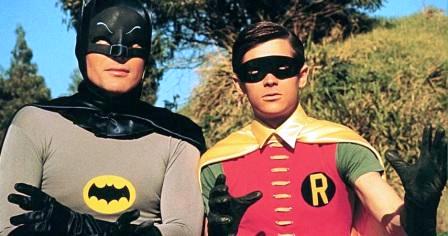
Adam West as Batman/Bruce Wayne and Burt Ward as Robin/Dick Grayson
As a child of the 1960’s, here in the UK I remember the series being shown on the BBC, alongside other American imports such as Bewitched and The Banana Splits. Although I was not seeing it in colour – black and white TV was the thing for most families in those days – I remember the action, the fast pace and the characters – colourful in action and absurdity, even if not colourful on my television screen!
The series was so popular that a cinema film was made – Batman a.k.a The Batman Movie (1966) – starring the same characters and actors. Campy, colourful and very silly, this was the Batman of my youth – a nice guy wanting to do his best for others and with a loyal and enthusiastic sidekick, whose exploits against the villains were never dark, dangerous and threatening. There was never any point where Batman was seen as “bad”, but then the bad guys were never particularly sinister either. A safe entertainment for family viewing – the darkness would come later.
Batman – and Superman?
In the 1970s Batman, at least here in the UK, seemed to take a bit of a backseat against his more noticeable rival, Superman. Whilst both kept going, it was in the comics that the two continued. The enthusiasm of the Batman television series eventually abated, along with its audience viewing figures after three seasons and 120 half-hour episodes. There was some excitement over the news that a big budget film of Superman was on its way, and so it came to be in 1978. By comparison, Batman - as perhaps befits his personality – stayed in the shadows.
Superman (1978) was a critical and box-office success. (I enjoyed it a lot too.) There were sequels, albeit with diminishing returns, but as the Eighties progressed there was talk of whether Bruce Wayne could repeat that success and now make a reappearance.
Batman of the 1980’s (and '90’s)
For those who were not there at the time, the announcement that there would be a Batman film (presumably after the success of the Superman franchise) was initially a pleasant surprise. Much of the production was done in secrecy. What I remember most about it, at least at first, was the cries of horror and outrage, admittedly in a time before social networks, that Michael Keaton was to play Bruce Wayne. That’s Michael Keaton, who up to this point was mainly known as a stand-up comedian (although he had made the film Beetlejuice with Tim Burton the year before.) Fears that a new Batman was to be just a newer version of the comedic and campy Adam West television version were loudly and vigorously professed. Comic book fans sent an estimated 50,000 protest letters to Warner Bros. offices on hearing of the news.
The choice of Tim Burton as a director was a little more positive. Burton was fairly well known as a director with a love for the genre, whose left-of-field films to date included Frankenweenie (1984) and Beetlejuice (1988), which also happened to star a certain Michael Keaton. Beetlejuice was a family-friendly, manic take on the horror genre, which involved pop music and dance numbers – something which, if I remember right, many fans feared Batman would become.
However, the finished film, once released in 1989, proved most doubters wrong. The darker, violent Batman had to have a new cinema certificate invented for it – the 12A – to allow younger members of the family to see it but be aware of the violent content.
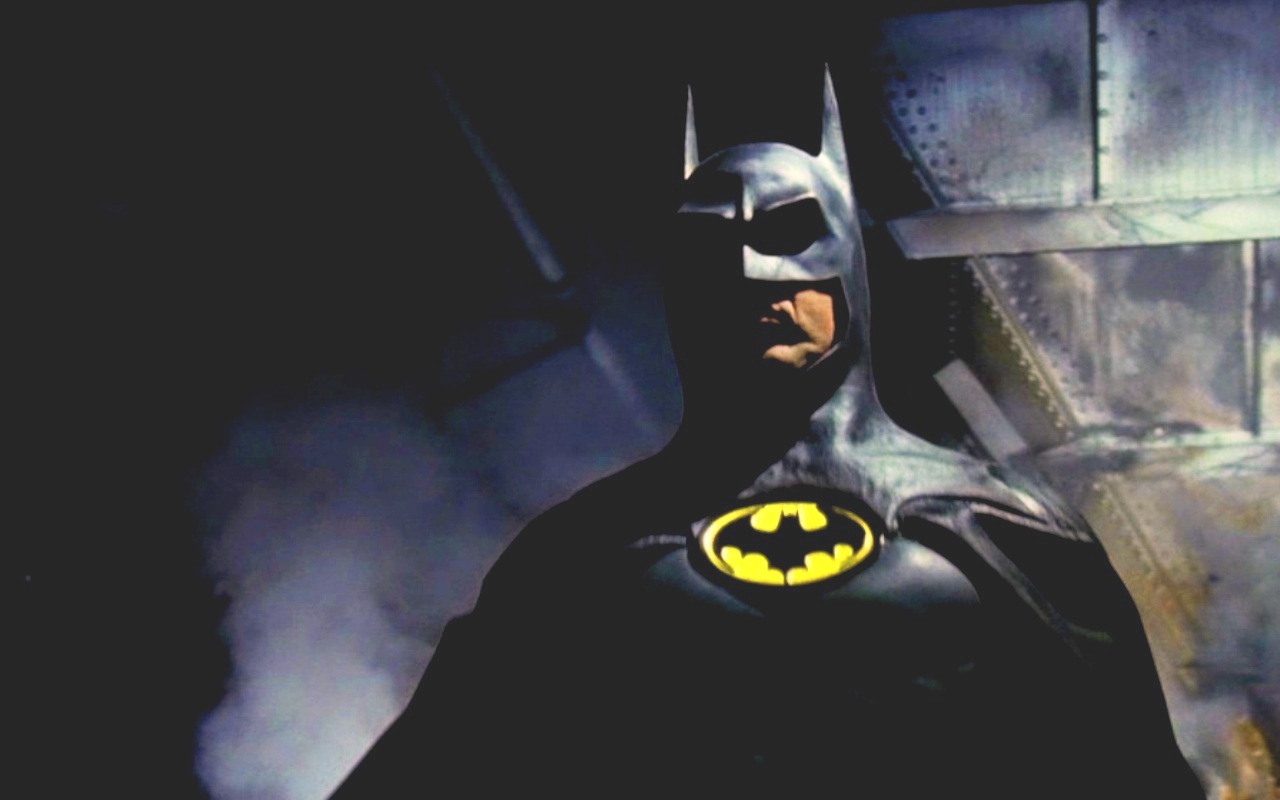
Michael Keaton as Batman (1989)
On the positives, Keaton was a revelation. Downplaying his comic roots, he was a brilliant portrayal of the tortured Bruce Wayne who out of a sense of revenge and duty would turn into a dark and moody Dark Knight. The sets were dazzling for their time, a combination of dark shadows and vivid 80’s neon – similar, yet very different to the 1960’s version.
To cap it all, Jack Nicholson playing the Joker was a masterstroke, managing to echo Keaton’s portrayal of moodiness and comedy. By turns nasty and comedic, the two together make a formidable combination that was difficult to beat in the later films of the 1980s and '90s.
On re-watching, I am still impressed by their performances. Whilst the effects have dated a little – no CGI, lots of matte paintings and backdrops – they are not too bad. The script is accessible and surprisingly complex. We’re not talking War and Peace here, but some of the points made in passing add a deeper resonance especially on re-watching. “Did you ever dance with the devil in the pale moonlight?”
Other great casting included Kim Basinger as a feisty Vicky Vale, and Jack Palance as an appropriately heavy bad guy (albeit one usurped by Nicholson.) It should also be said that the Danny Elfman score, added to by the pop star icon known as Prince, also impresses.
Whilst the budget of US$48 million was unheard of at the time – much of this going on promotion and advertising - the film made over US$400 at the box office, and became the fastest film in history to this point to earn US$100 million, reaching it in 11 days. Batman was back – with a bang.
The franchise also returned to television with Batman: The Animated Series (1992-95) a superior animated series that still holds up pretty well today, especially when given the limits of its 22 minute episode length. Voice actor Kevin Conroy managed to convincingly use different voices to portray Bruce Wayne and Batman, and of particular note was Star Wars actor Mark Hamill giving a sterling (and unrecognisable!) turn as The Joker.
With such a rise in public awareness of the character, not to mention the enormous profits of the first film, 1992 also saw the return of Burton and Keaton in a film unsurprisingly called Batman Returns. This re-emphasised the darkness hinted at in the first film, but despite the stalwart efforts of Keaton, Danny DeVito as Oswald Cobblepot (the Penguin) and Keaton’s girlfriend at the time Michelle Pfeiffer as Catwoman and Christopher Walken as the villain Max Shreck, it seemed a little too weird, too bleak and too violent, even for me. The plot disappointed.
The film did very well at the box office, admittedly, with a profit of US$266 million against a much-increased budget of US$65-80 million, but many fans were less happy with this one and felt that the film had unrealised potential. There were also stories of difficulties on set too, and it was later told that Burton had been reluctant to return, but was eventually persuaded.
